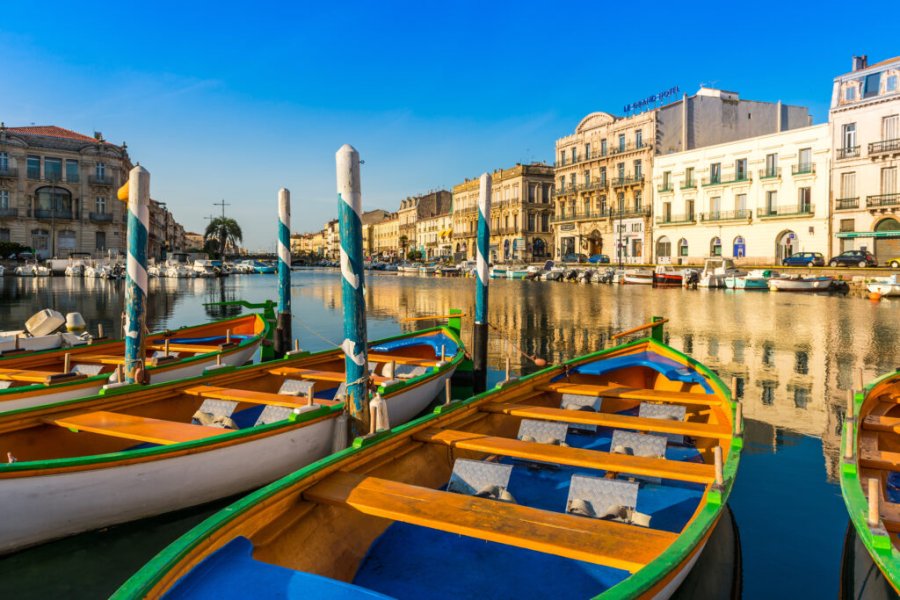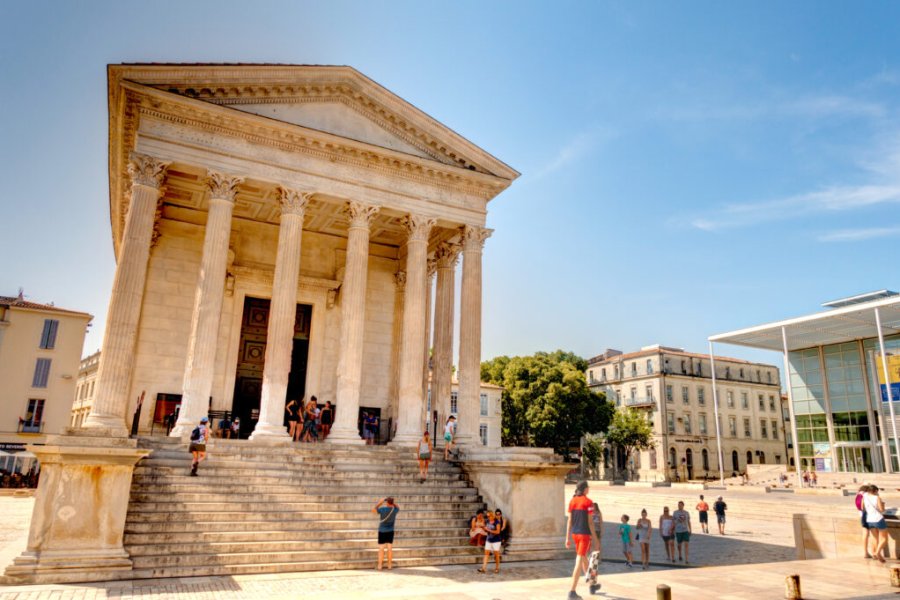Travel Guide Canal Des Pangalanes
Find an accommodation
Advertising
The Pangalanes form a navigable waterway that borders the coast over almost 700 kilometres. At the beginning of the th, rivers and lakes, marshes and ponds were gathered by the French Colonizers to stop forming only one and a long river road: it is indeed the meaning of the name originating in this canal, "Ampangalanes" or "which links two water points together".The route on the Pangalanes Canal is an expedition. It is prudent to provide adequate equipment to protect themselves from persistent rains. The mosquitoes are very fierce (just under June to October, a priori).Navigating the Pangalanes Canal is an experience in itself, but also preventing adventurers from tropical jungles: they may be disappointed if they expect abundant fauna and flora. Unfortunately, the persistent hunting of crocodiles in the last century has seriously threatened the survival of the species, which has sought refuge in the least accessible rivers; Intense deforestation over the last thirty years has transformed the banks exuberant into poplars hedges, behind which there is vast pampa. Some portions of the journey (the narrowest, near Tamatave, arriving in Vatomandry, just after Mahanoro, and between Mananjary and Manakara) are of great beauty that lies in the slow course of the river, the lethargy taking over the travellers and makes them fresh, new, completely reinvigorated, to a boursouflée society where the magic of the hours that pass has no meaning no longer meaningless. We come here to be quiet: nowhere else has the philosophy of the "mora mora" been applied with so much perseverance. And then we discover small villages that seem to be all right out of a novel by Gabriel Garcia Marquez, a whole people who live in harmony with rites, customs, secular social laws.The canal, encombré by water hyacinth (which prevents its movement between Vatomandry and Mahanoro), sometimes narrows as a thin feeling ruisselante in the middle of a concert of aquatic plants. Sometimes it enlarges like a lake: there are many lakes, many in the region (especially in the south of Tamatave, to Manambato), which the canal links. On the other hand, the course of the canal is blocked by huge nets stretched by fishermen from one bank to another to trap the fish, capture the bichiques…The canal has a low tongue of palm-lined sand that separates it from the ocean. Then he zigzags, seems to be inside the land, as if he were worried about distancing himself from the vast expanse of water, just behind the hills and scattered trees… The sun plays a bit of hide-hide with rain. It is gentle. The water is warm. A family of pythons sleeps. In trees, a couple of lemurs mischievous follow the visitor step by step. Tree trunks appear to be decorated: they are parme orchids.Poaching today is less widespread, but there are (rare species, endangered animals…). Could the announced tourism development change this? This threatened ecosystem may never know the balance it would need to recover and at, without destroying or corrompe. One thing is certain: the Pangalanes Canal is one of the most extraordinary human constructions of the twentieth century, a gigantic work that cost thousands of indigenous people and Chinese workers, consumed by hordes of crocodiles, the most beautiful specimens of which were almost 11 m long! Times have passed. You don't get eaten anymore. But the concern persists… And if ever, in the turn of a majestic ravenala, appeared one of these,' kings ', whose brave «water workers» were to endure the savage rebellion against a modern intrusion that was insensitive to their regime?
Suggested addresses Canal Des Pangalanes
Weather at the moment
Advertising
Organize your trip with our partners Canal Des Pangalanes
Transportation
Book your plane tickets
Car Rental
Boat rental
Accommodation & stays
Find a hotel
Holiday rental
Find your campsite
Tailor-made trip
Immersion travel
Services / On site
Activities & visits
Find a doctor
Canal Des Pangalanes travel inspiration
Find unique Stay Offers with our Partners
Pictures and images Canal Des Pangalanes
There are currently no photos for this destination.





